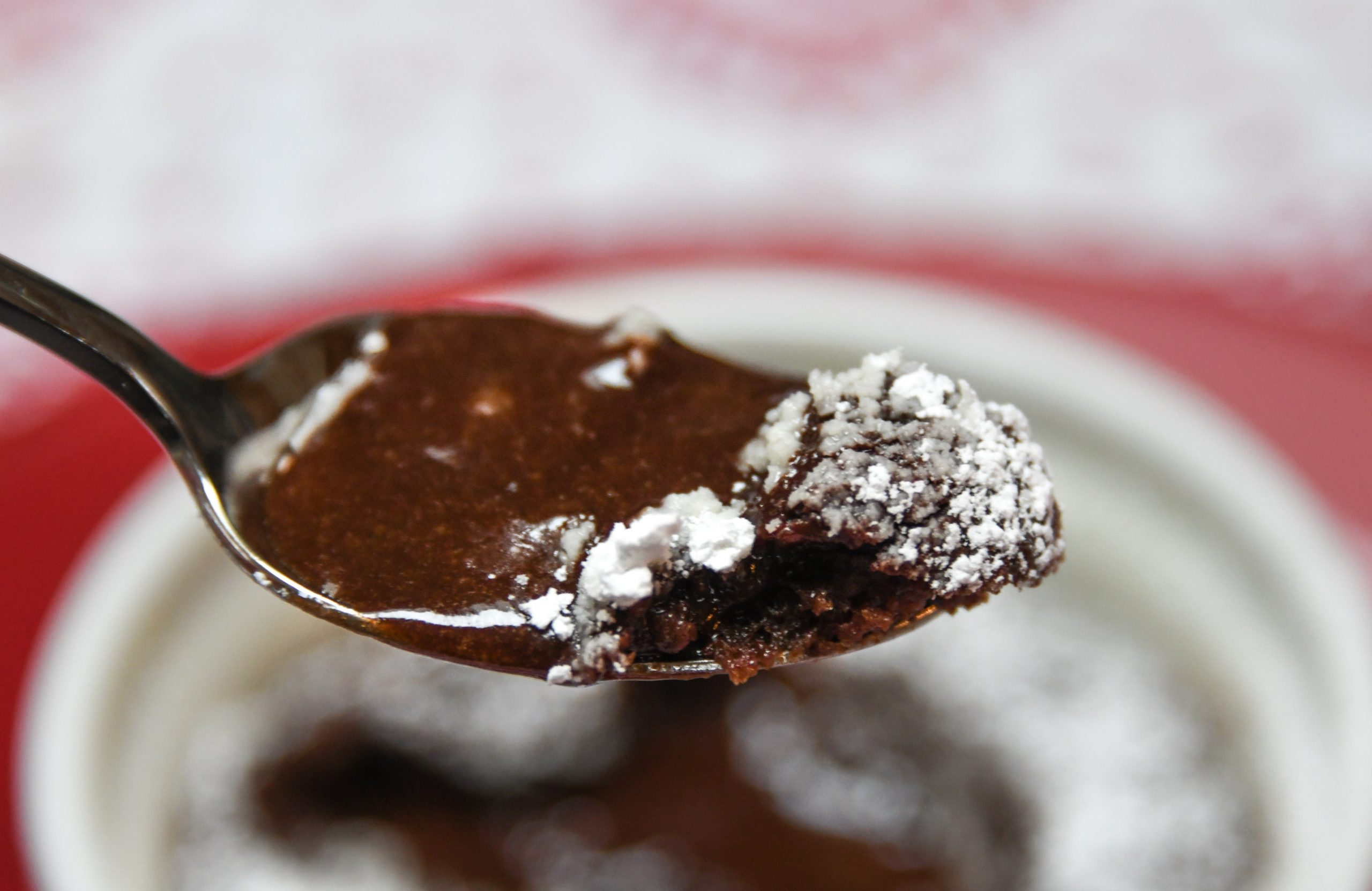The Hidden Charm of Durian
Travel to far-flung locations and you’re bound to encounter extraordinary food. Although I tend to skip the more offbeat or infamous dishes—crickets on a stick, deep-fried chicken feet—I invariably try all the local produce. Yeah, I’m a risk taker. Produce may not seem all that exciting until you consider the spiky, hard-shelled durian fruit. Native to Malaysia and found in tall trees, it’s known for its tough exterior, custardy interior and horrific odor. If its overpowering scent doesn’t get you, its size and sharp spikes might. Weighing up to 10 pounds, falling durian has caused serious injuries and death. Thanks to its tough reputation, durian ranked high as a food that I had to try. Anything that smelled of rotten cheese, stinky feet and raw sewage and could kill and yet was still willingly, even eagerly, consumed must be good. While durian will never replace bananas, raspberries or cantaloupe as my favorite fruit, it does have its charms. Its sticky, yellow pulp possesses a warm, nutty, creamy flavor unlike any other produce. Versatile, it pairs …
